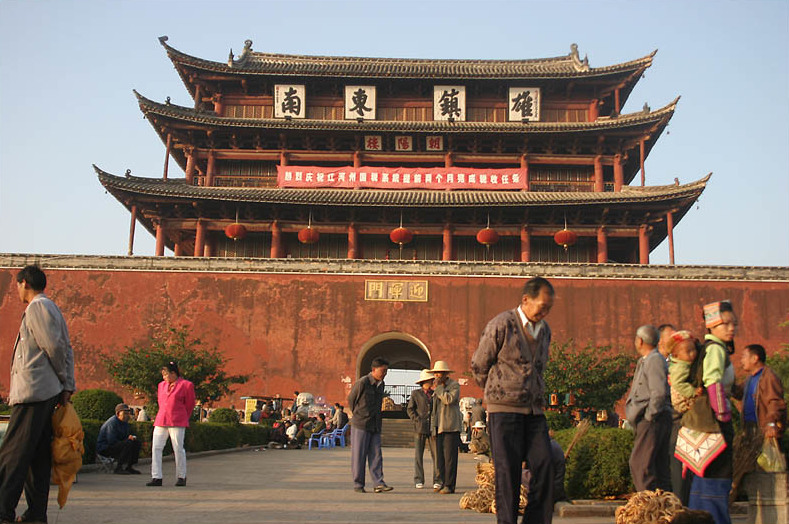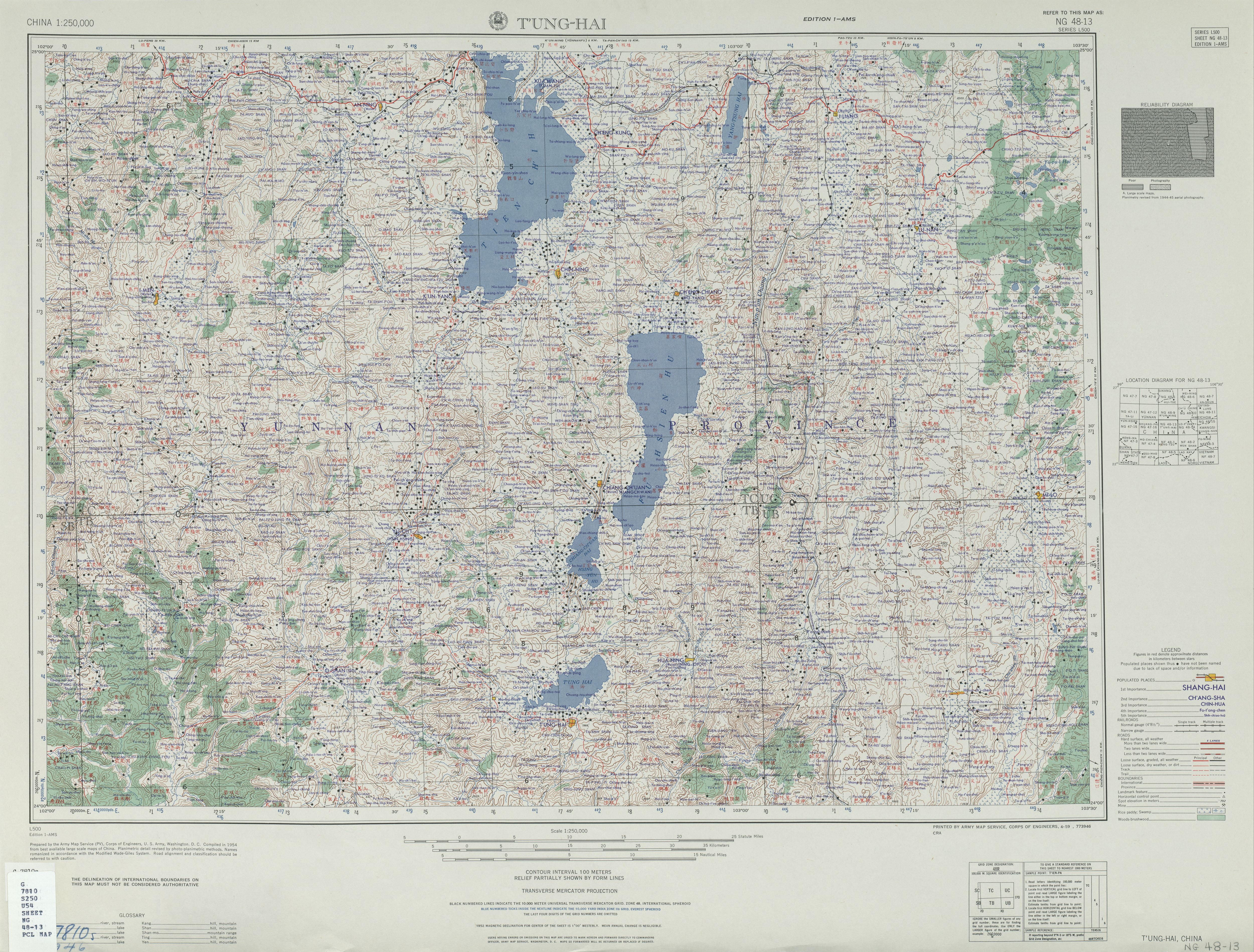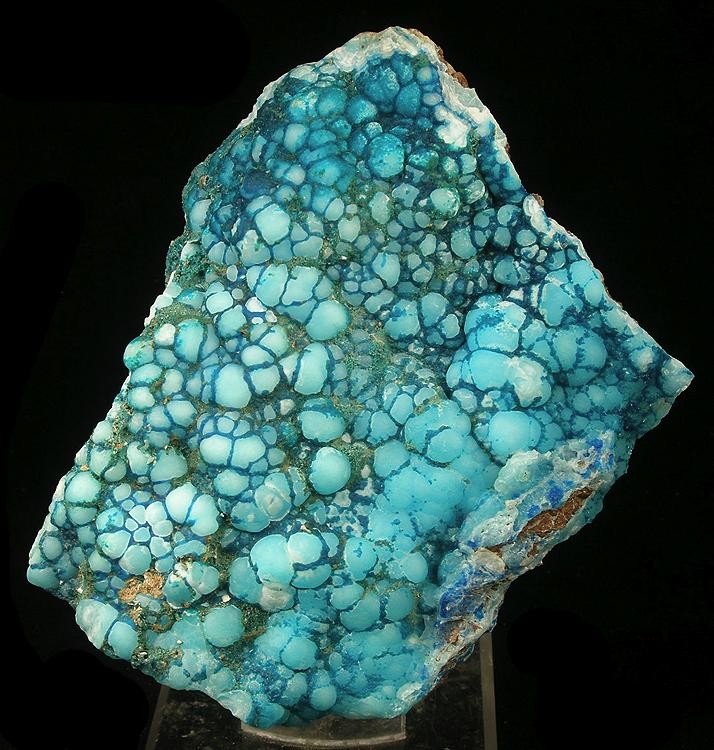|
Jianshui
Jianshui County (; Hani: ''Jeifsyu'') is a city in Honghe prefecture, Yunnan province, China. and remains an important transportation crossroad. Previously, it has been known as Lin'an () or Huili (); today, the name Lin'an Town is retained by Jianshui's county seat. Geography To the east lies Jijie, to the west Shiping, to the southeast Gejiu and Yuanyang, to the north Tonghai. Administrative divisions Jianshui County has 8 towns and 6 townships. ;8 towns ;6 townships Climate Tourist attractions *''Chao Yang Lou'' (Old East City Gate), Formerly known as Yinghuimen, Located at the eastern end of Lin'an Road, southeast of the county town. Built in the 22nd year of Hongwu in the Ming Dynasty (1389). *''Hutong''s or 'old neighbourhoods' with cobbled streets and stone wells. *Temple of Confucius, Jianshui - one of the largest Confucian temples in China, after that of Qufu, Shandong, Confucius' home town. *Shuanglong Bridge (pinyin 'shuang long qiao'), commonly known as ... [...More Info...] [...Related Items...] OR: [Wikipedia] [Google] [Baidu] |
Honghe Hani And Yi Autonomous Prefecture
Honghe Hani and Yi Autonomous Prefecture (; Hani: ; Yi: ꉼꉸꉳꆃꁈꆃꁈꊨꏦꍓ) is an autonomous prefecture in Southeast-Central Yunnan Province, China, bordering Vietnam's Lào Cai and Lai Châu provinces to the south. Its name is derived from the Hong (Red) River and the two major ethnic minority groups who live there: the Yi and the Hani. Honghe has an area of and its seat is Mengzi. The total population is 4.8 million, of which 61.3% belong to ethnic minorities. In 2008, the ''State Administration of Cultural Heritage'' of the People's Republic of China nominated the Honghe Hani Terraced Fields of Yuanyang County for World Heritage Site status. It was added to the list on 22 June 2013, bringing the total number of World Heritage Sites in China to 45. Subdivisions The prefecture is subdivided into 13 county-level divisions: 4 county-level cities, 6 counties, and 3 autonomous counties: Demographics At the end of 2019, Honghe Prefecture had 4.775 mil ... [...More Info...] [...Related Items...] OR: [Wikipedia] [Google] [Baidu] |
Yuanyang County, Yunnan
Yuanyang County (; Hani: ''Yeiqyaq'') is located in Honghe Prefecture in southeastern Yunnan province, China, along the Red River. It is well known for its spectacular rice-paddy terracing. In 2013, part of the county formed the Honghe Hani Rice Terraces World Heritage Site, the 45th World Heritage Site in China. Overview It covers an area of and has a population of approximately 365,000 (2002), of which 88% belong to ethnic minorities and 95% is associated with agriculture. The majority of the inhabitants of the county are from the Hani ethnic group. The GDP of Yuanyang county in 2002 was 630 million Yuan. The administrative seat of the county is the town of ''Nansha'' (a.k.a. New Yuanyang) down in the Red River valley at an elevation of 240 meters. It is situated towards the north-east of the former administrative seat ''Xinjie'' (a.k.a. Old Yuanyang or just Yuanyang) to which it is connected by a long twisting mountain road. To the south of Old Yuanyang, the town of ... [...More Info...] [...Related Items...] OR: [Wikipedia] [Google] [Baidu] |
Confucian Temple
A temple of Confucius or Confucian temple is a temple for the veneration of Confucius and the sages and philosophers of Confucianism in Chinese folk religion and other East Asian religions. They were formerly the site of the administration of the imperial examination in China, Korea, Japan and Vietnam and often housed schools and other studying facilities. There is a 72-meter-tall statue of Confucius made of brass and reinforced with steel. The giant statue is located in Qufu, Shandong province, birthplace of the ancient Chinese educator and philosopher. Names The temples are known by a variety of names throughout East Asia. The two greatest temples in Qufu and Beijing are now known in Chinese as (''Kǒngmiào'', 孔廟). In some localities, they are known as (文廟) vi, văn miếu; ind, boen bio) or ( vi, văn thánh miếu). In Southern China, however, temples by that name generally honor Wenchang Wang, a separate deity associated with the scholar Zhang ... [...More Info...] [...Related Items...] OR: [Wikipedia] [Google] [Baidu] |
Hani Language
The Hani language (Hani: or '; ; vi, Tiếng Hà Nhì) is a language of the Loloish (Yi) branch of the Tibeto-Burman linguistic group spoken in China, Laos, Myanmar, and Vietnam by the Hani people. Distribution In China, Hani is spoken mostly in areas to the east of the Mekong River in south-central Yunnan province, mostly in Pu'er and Honghe prefectures, as well as in parts of other surrounding prefectures. Hani is also spoken in Lai Châu and Lào Cai provinces of northwestern Vietnam and in Phongsaly Province of Laos along the border with Yunnan. Edmondson (2002) reports that the Hani of Vietnam are distributed in two provinces of northwestern Vietnam where two distinct dialects are found, one east of Muong Te and the other to the west. The Hani of Vietnam claim to be able to communicate in the Hani language with ethnic Hani from different areas of Vietnam despite significant geographical barriers. Edmondson (2002) reports that the different Hani speech varieties in Vi ... [...More Info...] [...Related Items...] OR: [Wikipedia] [Google] [Baidu] |
Tonghai
Tonghai County () is located in Yuxi Prefecture-level City, Yunnan Province, China. Geography Tonghai County occupies the fertile valley of Qilu Lake, surrounded on all sides by mountains. The county seat is located on the south side of the lake, separated from the lake by a mile-wide strip of farmland. The county's southernmost part, including the Dagao Dai and Yi Ethnic Township and Lishan Yi Ethnic Township, is separated from the rest of the county by mountains; it is outside of the Qilu Lake basin, and is drained into the Qu River instead. In 1970, a powerful earthquake struck the area. History The area around Qilu Lake has been inhabited since at least the Neolithic period. In the Tang dynasty it was the base of a general. For many centuries it was the political, economic and military center of southern Yunnan. Soon after the formation of PRC, the area of today's Tonghai County was organized as two counties: Tonghai and Hexi (in the western part of today's Tonghai C ... [...More Info...] [...Related Items...] OR: [Wikipedia] [Google] [Baidu] |
China
China, officially the People's Republic of China (PRC), is a country in East Asia. It is the world's List of countries and dependencies by population, most populous country, with a Population of China, population exceeding 1.4 billion, slightly ahead of India. China spans the equivalent of five time zones and Borders of China, borders fourteen countries by land, the List of countries and territories by land borders, most of any country in the world, tied with Russia. Covering an area of approximately , it is the world's third List of countries and dependencies by area, largest country by total land area. The country consists of 22 provinces of China, provinces, five autonomous regions of China, autonomous regions, four direct-administered municipalities of China, municipalities, and two special administrative regions of China, Special Administrative Regions (Hong Kong and Macau). The national capital is Beijing, and the List of cities in China by population, most populous cit ... [...More Info...] [...Related Items...] OR: [Wikipedia] [Google] [Baidu] |
Gejiu
(, ; Hani: ''Goqjef''; formerly known as Kochiu) is a county-level city and the former capital of Honghe prefecture, Yunnan Province, China, and has 202,000 urban inhabitants (ranked 14th largest city in Yunnan). It is the site of the country's largest tin deposits and its main industry is mining. Location Gejiu is located on top of a mountain to the north of the Red River (pinyin ''Hong He'') valley, which flows from Yunnan, Dali prefecture to Vietnam. To the south-west in this valley is Nansha, which lies directly below the town of Yuanyang. To the north-west lies Jianshui, and to the north Jijie. Mengzi lies 12 miles to the East. Layout The town is located in a crater-like depression around a lake on top of a mountain. The main road enters the town from the north through a thin pass. To the east and west are steep cliffs. Those to the west are too steep to inhabit, however extensive new construction along the eastern side has created many new districts. Adminis ... [...More Info...] [...Related Items...] OR: [Wikipedia] [Google] [Baidu] |
CPRC
Counties ( zh, t=縣, s=县, hp=Xiàn), formally county-level divisions, are found in the third level of the administrative hierarchy in Provinces and Autonomous regions and the second level in municipalities and Hainan, a level that is known as "county level" and also contains autonomous counties, county-level cities, banners, autonomous banners and City districts. There are 1,355 counties in Mainland China out of a total of 2,851 county-level divisions. The term ''xian'' is sometimes translated as "district" or "prefecture" when put in the context of Chinese history. History ''Xian'' have existed since the Warring States period and were set up nationwide by the Qin Dynasty. The number of counties in China proper gradually increased from dynasty to dynasty. As Qin Shi Huang reorganized the counties after his unification, there were about 1,000. Under the Eastern Han Dynasty, the number of counties increased to above 1,000. About 1400 existed when the Sui dynasty ... [...More Info...] [...Related Items...] OR: [Wikipedia] [Google] [Baidu] |
Buddhism
Buddhism ( , ), also known as Buddha Dharma and Dharmavinaya (), is an Indian religion or philosophical tradition based on teachings attributed to the Buddha. It originated in northern India as a -movement in the 5th century BCE, and gradually spread throughout much of Asia via the Silk Road. It is the world's fourth-largest religion, with over 520 million followers (Buddhists) who comprise seven percent of the global population. The Buddha taught the Middle Way, a path of spiritual development that avoids both extreme asceticism and hedonism. It aims at liberation from clinging and craving to things which are impermanent (), incapable of satisfying ('), and without a lasting essence (), ending the cycle of death and rebirth (). A summary of this path is expressed in the Noble Eightfold Path, a training of the mind with observance of Buddhist ethics and meditation. Other widely observed practices include: monasticism; " taking refuge" in the Buddha, the , and ... [...More Info...] [...Related Items...] OR: [Wikipedia] [Google] [Baidu] |
Qing Dynasty
The Qing dynasty ( ), officially the Great Qing,, was a Manchu-led imperial dynasty of China and the last orthodox dynasty in Chinese history. It emerged from the Later Jin dynasty founded by the Jianzhou Jurchens, a Tungusic-speaking ethnic group who unified other Jurchen tribes to form a new "Manchu" ethnic identity. The dynasty was officially proclaimed in 1636 in Manchuria (modern-day Northeast China and Outer Manchuria). It seized control of Beijing in 1644, then later expanded its rule over the whole of China proper and Taiwan, and finally expanded into Inner Asia. The dynasty lasted until 1912 when it was overthrown in the Xinhai Revolution. In orthodox Chinese historiography, the Qing dynasty was preceded by the Ming dynasty and succeeded by the Republic of China. The multiethnic Qing dynasty lasted for almost three centuries and assembled the territorial base for modern China. It was the largest imperial dynasty in the history of China and in 1790 th ... [...More Info...] [...Related Items...] OR: [Wikipedia] [Google] [Baidu] |
Pinyin
Hanyu Pinyin (), often shortened to just pinyin, is the official romanization system for Standard Mandarin Chinese in China, and to some extent, in Singapore and Malaysia. It is often used to teach Mandarin, normally written in Chinese form, to learners already familiar with the Latin alphabet. The system includes four diacritics denoting tones, but pinyin without tone marks is used to spell Chinese names and words in languages written in the Latin script, and is also used in certain computer input methods to enter Chinese characters. The word ' () literally means " Han language" (i.e. Chinese language), while ' () means "spelled sounds". The pinyin system was developed in the 1950s by a group of Chinese linguists including Zhou Youguang and was based on earlier forms of romanizations of Chinese. It was published by the Chinese Government in 1958 and revised several times. The International Organization for Standardization (ISO) adopted pinyin as an international st ... [...More Info...] [...Related Items...] OR: [Wikipedia] [Google] [Baidu] |
Confucius
Confucius ( ; zh, s=, p=Kǒng Fūzǐ, "Master Kǒng"; or commonly zh, s=, p=Kǒngzǐ, labels=no; – ) was a Chinese philosopher and politician of the Spring and Autumn period who is traditionally considered the paragon of Chinese sages. Confucius's teachings and philosophy underpin East Asian culture and society, remaining influential across China and East Asia to this day. Confucius considered himself a transmitter for the values of earlier periods which he claimed had been abandoned in his time. His philosophical teachings, called Confucianism, emphasized personal and governmental morality, correctness of social relationships, justice, kindness, and sincerity. His followers competed with many other schools during the Hundred Schools of Thought era, only to be suppressed in favor of the Legalists during the Qin dynasty. After the collapse of Qin and the victory of Han over Chu, Confucius's thoughts received official sanction in the new government. During the Tang ... [...More Info...] [...Related Items...] OR: [Wikipedia] [Google] [Baidu] |




